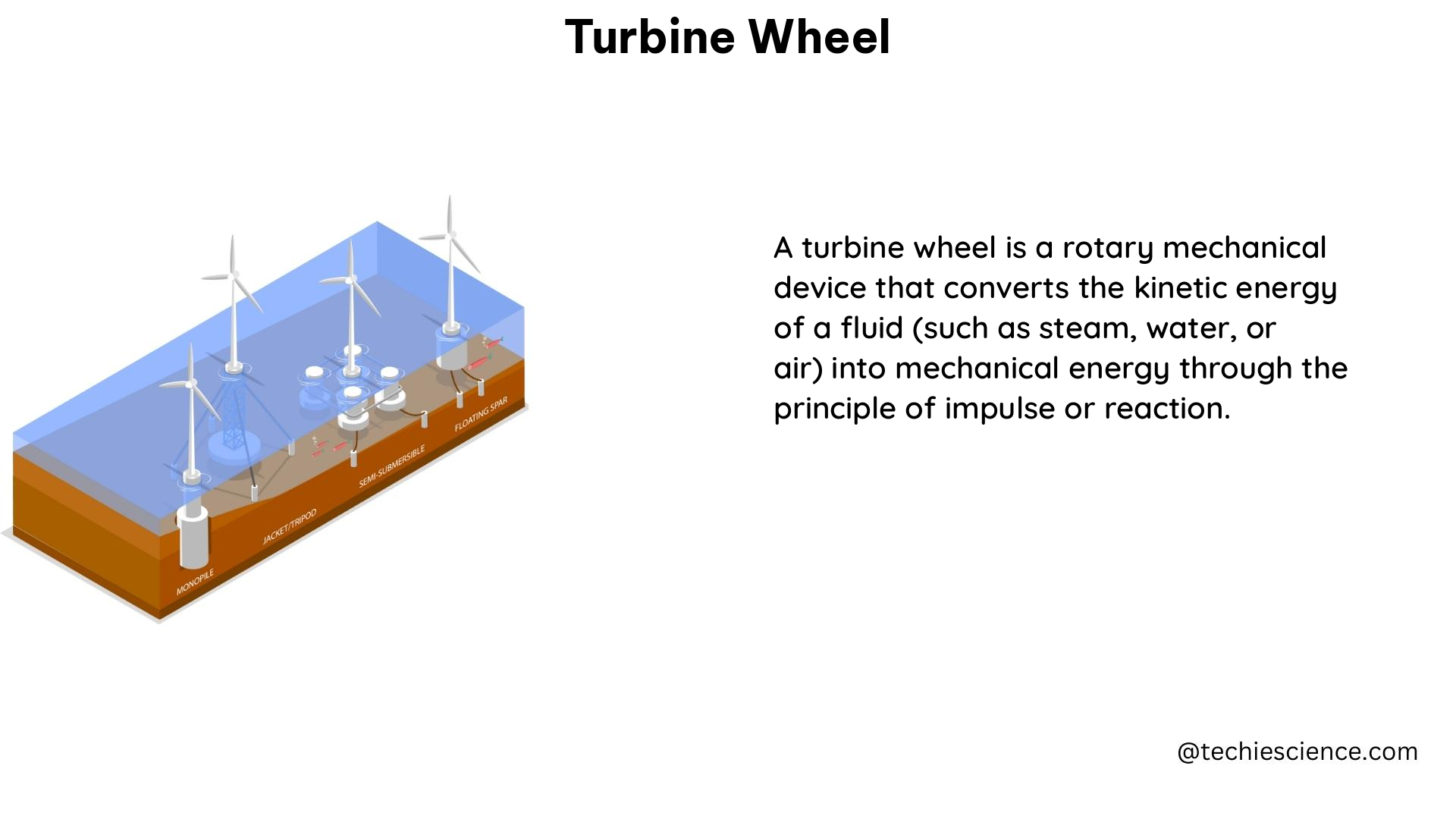The turbine wheel, also known as the rotor, is a crucial component of a wind turbine that converts the kinetic energy of the wind into mechanical energy. The dimensions and accuracy of the turbine wheel are essential for optimal energy conversion efficiency, making it a critical component in the overall performance of a wind turbine system.
Dimensional Measurement and Accuracy
According to KEYENCE’s case study on dimensional measurement of turbine blades, the WM Series Wide Area Coordinate Measuring Machine is a suitable instrument for measuring large-scale products such as assembled turbines. The WM Series can perform high-accuracy, on-site 3D measurement without having to bring turbine blades into a measuring room, reducing downtime and contributing to higher operating rates. The WM Series can measure free-form curved surfaces, GD&T, and position coordinates, which are difficult to measure accurately without using a CMM.
The key features and capabilities of the WM Series Wide Area Coordinate Measuring Machine include:
| Feature | Capability |
|---|---|
| Measurement Range | Up to 12 m x 6 m x 3 m |
| Measurement Accuracy | Up to ±0.020 mm |
| Measurement Speed | Up to 1,000 points/sec |
| Measurement of Free-Form Surfaces | Yes |
| Measurement of GD&T | Yes |
| Measurement of Position Coordinates | Yes |
The WM Series provides powerful support for not just shape measurements of turbine blade parts and position measurement of blades during assembly, but also for data analysis and inspection report creation. It dramatically improves the efficiency of manufacturing of turbine blades and of their maintenance and inspection.
Power Curve and Energy Conversion Efficiency

The operating accuracy of turbines directly affects energy conversion efficiency. The SMART Wind Turbine Rotor report provides data on power curves obtained from 5 hours of test data acquired on a single day, with the wind direction ranging from approximately 170 to 260 degrees with an average direction of 214.5 degrees. The hub height wind cup, BAHHC, provided the wind speed measurement for the power curves.
The power curve data from the SMART Wind Turbine Rotor report shows the following:
- Peak power output of 2.5 MW at a wind speed of 12 m/s
- Cut-in wind speed of 3 m/s
- Cut-out wind speed of 25 m/s
The report also discusses the importance of reducing capital costs, increasing capacity factors, and mitigating risk through enhanced system reliability, particularly for the rotor, which is the source of all energy captured and of most of the structural loads entering the system.
Turbine Wheel Design and Optimization
The design and optimization of the turbine wheel are critical for maximizing energy conversion efficiency. Some key design considerations include:
-
Blade Geometry: The shape and curvature of the turbine blades can significantly impact the aerodynamic performance and energy capture. Computational Fluid Dynamics (CFD) simulations can be used to optimize the blade geometry for improved efficiency.
-
Blade Materials: The choice of materials for the turbine blades can affect their strength, weight, and durability. Composite materials, such as carbon fiber-reinforced polymers, are commonly used to achieve a balance of these properties.
-
Blade Pitch Control: The ability to adjust the pitch of the turbine blades can help optimize the energy capture across a range of wind speeds, improving the overall energy conversion efficiency.
-
Rotor Diameter: The diameter of the turbine wheel, or rotor, is a key parameter that determines the swept area and the amount of wind energy that can be captured. Larger rotor diameters generally result in higher energy output, but they also increase the structural loads and costs.
-
Rotational Speed: The rotational speed of the turbine wheel is another important factor that affects the energy conversion efficiency. Higher rotational speeds can increase the power output, but they also increase the mechanical stresses and wear on the components.
-
Structural Integrity: The turbine wheel must be designed to withstand the high mechanical loads and environmental stresses, such as wind gusts and fatigue, to ensure reliable and long-term operation.
Conclusion
The turbine wheel is a critical component of a wind turbine that requires accurate measurement and analysis for optimal energy conversion efficiency. The WM Series Wide Area Coordinate Measuring Machine and the SMART Wind Turbine Rotor report provide valuable insights and data on the dimensions, accuracy, and power curves of turbine wheels, which can be used to inform the design and optimization of these crucial components.
By understanding the key design considerations and leveraging advanced measurement and analysis tools, wind turbine manufacturers and operators can work towards maximizing the energy conversion efficiency of their systems, ultimately contributing to the overall sustainability and viability of wind power as a renewable energy source.
References:
– Dimensional Measurement of Turbine Blades – KEYENCE.com
– SMART Wind Turbine Rotor: Data Analysis and Conclusions
– Turbine Wheel – an overview | ScienceDirect Topics
– An Analytical Formulation for Sizing and Estimating the Dimensions …
– GER-4190 – Steam Turbine Thermal Evaluation and Assessment

The lambdageeks.com Core SME Team is a group of experienced subject matter experts from diverse scientific and technical fields including Physics, Chemistry, Technology,Electronics & Electrical Engineering, Automotive, Mechanical Engineering. Our team collaborates to create high-quality, well-researched articles on a wide range of science and technology topics for the lambdageeks.com website.
All Our Senior SME are having more than 7 Years of experience in the respective fields . They are either Working Industry Professionals or assocaited With different Universities. Refer Our Authors Page to get to know About our Core SMEs.